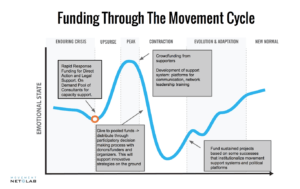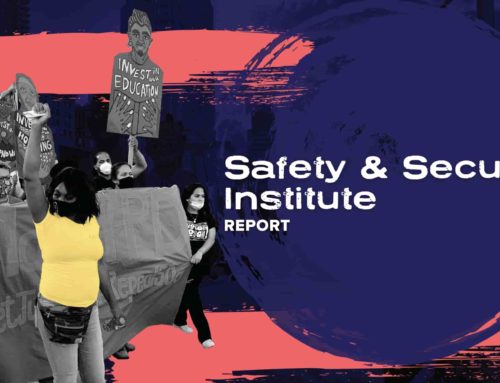
article and photo provided by the Movement Net Lab
In tandem with the many movement networks of the last decade, innovative funding channels and configurations have emerged to support them.
These changes are part of the shift from foundation-centered funding to a broader conceptualization of resources we call a living resource system. A living resource system provides a relationship-based approach to resources: resources are identified, linked, moved, supported, and restructured by everyone in the network so that they fit the dynamic nature of networked movements, reinforce the openness and “peerness” of network culture and enable movements to be transformative.
Resources need to be placed in funding pools where activists can be central to the decision-making process, and funds need to be structured so they can flow to the emerging landscape of self-organized actions rather than just through formal, pre-existing organizations. New types of activist intermediaries need to be developed to fill a supportive fiduciary function for these short-term collaborative projects and actions. These intermediaries also need to work together to learn how to fortify the movement-building support system for longer term support and investment. Organizers need to be able to have instant access pools of consultants with expertise (and willing to provide training) in organizing, social media and safety with simple, agile processes for approval. New types of functions, such as “resource mover,” need to be articulated and supported.
Funding must fit the movement cycle and timing is critical. Healthy movements have cycles, and the needs of a thriving, expanding movement change dramatically and rapidly. However, these shifts are neither unpredictable nor random. Funders must be able to anticipate these shifts and be able to respond with agility in order to be most effective.


